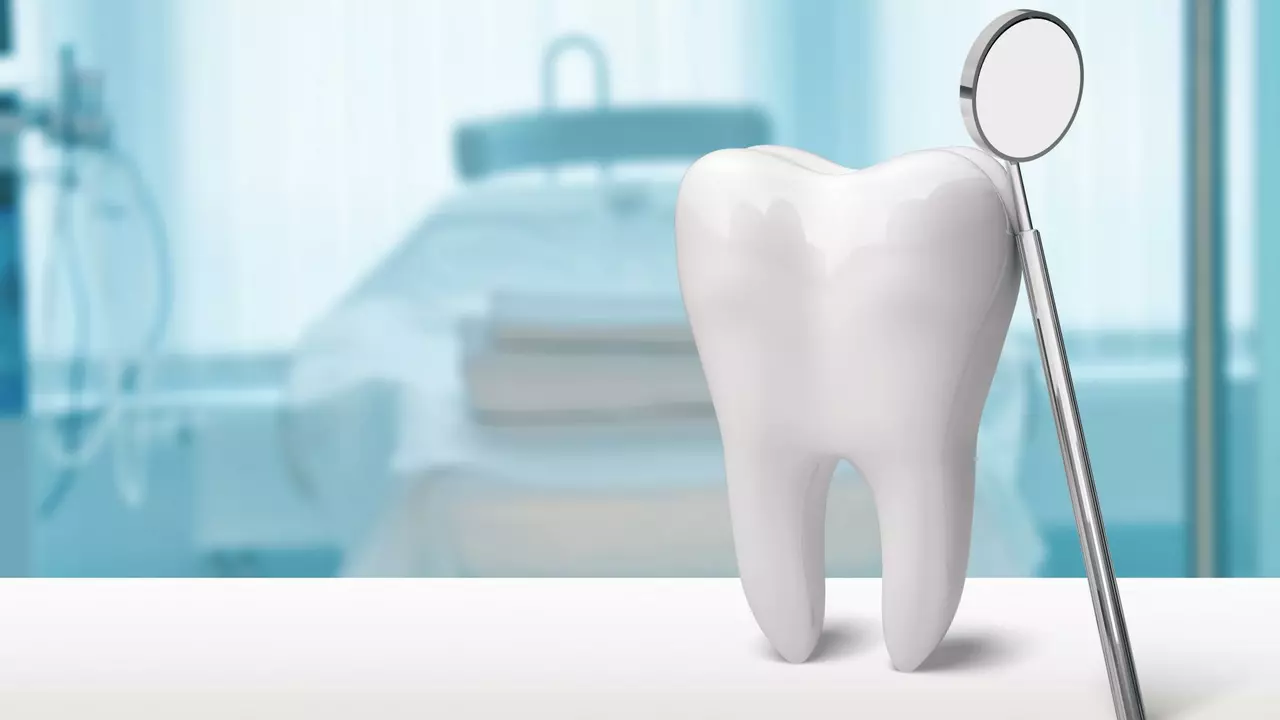If you’ve heard the term osteodystrophy and felt confused, you’re not alone. In plain words, it’s a disorder where your bones become weak or deformed because of an underlying problem, often related to kidney function or mineral imbalances. The condition can show up as bone pain, fractures that happen too easily, or abnormal growths on the skeleton.
Why does this happen? Your body needs calcium, phosphorus, and vitamin D in just the right amounts to keep bones strong. When kidneys can’t filter waste properly, they mess up these balances, leading to a type called renal osteodystrophy. Even if your kidneys are fine, chronic low vitamin D or persistent high parathyroid hormone can push you toward the same bone issues.
The biggest driver is chronic kidney disease. The kidneys lose their ability to activate vitamin D and excrete excess phosphorus, which forces your body to pull calcium from bones. Another frequent cause is long‑term vitamin D deficiency—think limited sun exposure or poor diet. Some medications, like certain anticonvulsants, speed up vitamin D breakdown, adding risk.
High levels of parathyroid hormone (PTH) also play a role. When calcium drops, the parathyroids release more PTH to pull calcium from bones, weakening them over time. Even severe malnutrition or gastrointestinal disorders that stop you absorbing nutrients can set the stage for osteodystrophy.
The first step is getting a clear picture of your blood work. Ask your doctor for tests that check calcium, phosphorus, PTH, and vitamin D levels. If any number looks off, you can target it directly. For most people, a daily vitamin D supplement (1,000–2,000 IU) does the trick, but dosage should match what labs show.
Diet matters too. Include dairy or fortified plant milks for calcium, leafy greens for magnesium, and fish or eggs for vitamin D. Cut back on processed foods that are high in phosphate additives—they can sneak extra phosphorus into your system.
If kidney disease is the root cause, managing it aggressively slows bone damage. This may involve dialysis adjustments, phosphate binders (pill‑like tablets that trap phosphorus in the gut), or prescribed active vitamin D analogs. Your nephrologist will tailor a plan based on how advanced your condition is.
Exercise isn’t optional; weight‑bearing activities like walking, light jogging, or resistance training send signals to bone‑building cells to stay strong. Even short daily sessions can improve density over months.
Finally, keep an eye on medication side effects. Talk with your pharmacist if you take drugs that affect vitamin D metabolism—sometimes a simple dose change prevents the problem before it starts.
Living with osteodystrophy feels daunting, but knowing what fuels it and how to counteract those factors puts power back in your hands. Regular labs, sensible supplements, balanced meals, safe exercise, and close coordination with your healthcare team form a practical roadmap to healthier bones.

I recently came across the topic of osteodystrophy and its effects on dental health, which I found quite intriguing. Osteodystrophy is a condition that affects bone metabolism and can have a significant impact on our teeth and gums. It is important for us to understand the link between these two aspects of our health, as it can help us take better care of our oral hygiene. In my research, I discovered that proper dental care and regular check-ups are crucial in managing this condition. I'll be sharing more information on this topic in my upcoming blog post, so stay tuned!
Second and third generic drug manufacturers drive prescription prices down dramatically-often cutting costs by 50% or more. Learn how competition among generics saves billions and what keeps prices high despite more options.
In my latest blog post, I've tackled some common myths surrounding breathing disorders. I've busted several misconceptions like the belief that asthma is always outgrown in adulthood, or that sleep apnea only affects overweight individuals. By shedding light on these misconceptions, I hope to provide a clearer understanding of these conditions, and remind everyone that proper diagnosis and treatment are crucial. Breathing disorders are serious and shouldn't be taken lightly, and it's high time we separate fact from fiction. Stay tuned for more health myth-busting posts!
Caffeine and ADHD medications like Adderall can seem like a helpful combo, but they carry serious risks including anxiety, heart strain, and crashes. Learn how to safely manage this interaction-or avoid it altogether.
Learn how to manage panic attacks with proven breathing, grounding, and medication strategies. This action plan helps reduce frequency, shorten episodes, and regain control during panic moments.
Learn how switching to an authorized generic can improve medication safety and reduce side effects compared to regular generics - and how to make sure you get the right version at the right price.